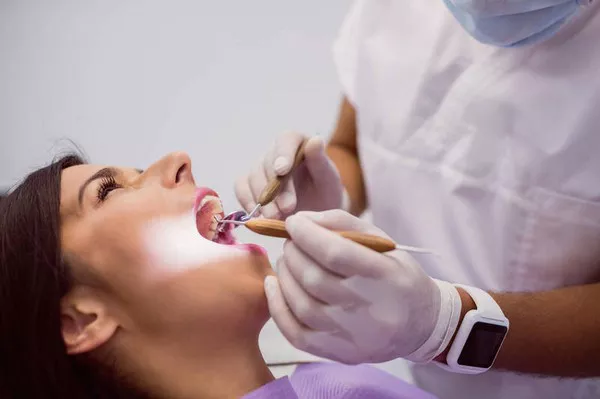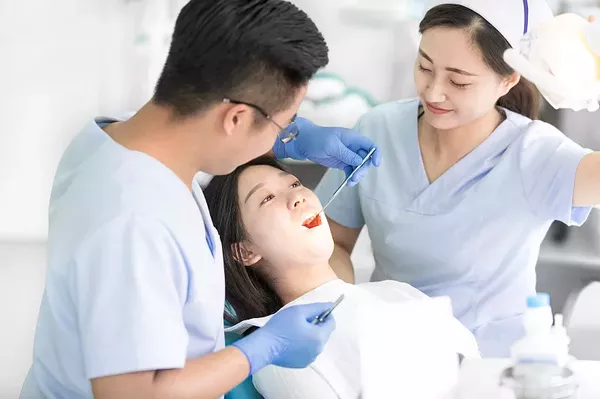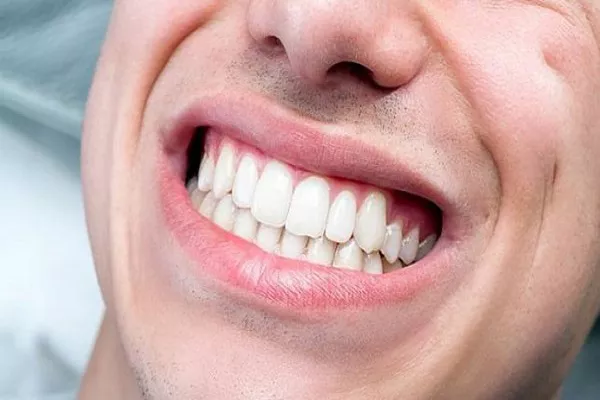The prospect of undergoing wisdom teeth removal can be daunting, prompting questions and concerns about the potential impact on oral health and aesthetics. Among these concerns, one frequently asked question is whether gums will grow back after wisdom teeth removal. In this comprehensive guide, we’ll delve into the intricacies of gum tissue regeneration following wisdom teeth extraction, addressing the potential needs of users and providing clarity on this common query.
Understanding Wisdom Teeth Removal: A Brief Overview
Before delving into the topic of gum tissue regeneration, it’s essential to understand the process of wisdom teeth removal itself. Wisdom teeth, also known as third molars, are the last set of molars to emerge in the mouth, typically appearing in the late teens or early twenties. Due to factors such as impaction, overcrowding, and misalignment, wisdom teeth often require extraction to prevent oral health issues such as infection, pain, and damage to adjacent teeth.
Wisdom teeth removal is a common dental procedure performed by oral surgeons or dentists under local or general anesthesia. During the procedure, the affected teeth are carefully extracted from the jawbone and surrounding tissue, followed by a period of recovery and healing.
Will My Gums Grow Back After Wisdom Teeth Removal?
The short answer to this question is no, gums do not “grow back” in the same way that other tissues in the body can regenerate. However, the gum tissue surrounding the extraction site will undergo a process known as wound healing, during which the area will gradually close and heal over time.
During the initial stages of healing, the gum tissue may appear swollen, tender, and red, which is a natural part of the inflammatory response. As the healing process progresses, the gum tissue will gradually recede and reshape to form a smooth and uniform gumline.
While the gum tissue does not regenerate in the same way as other tissues in the body, it has a remarkable ability to repair and remodel itself following injury or surgery. With proper care and hygiene practices, the gum tissue will undergo a process of remodeling, resulting in a healed and healthy oral environment.
Factors Affecting Gum Tissue Healing After Wisdom Teeth Removal
Several factors can influence the healing process of gum tissue following wisdom teeth removal, including:
Pre-Existing Gum Health: Individuals with pre-existing gum disease or poor oral hygiene may experience slower healing and increased risk of complications following wisdom teeth removal. Maintaining good oral hygiene habits before and after surgery can help promote optimal gum tissue healing.
Surgical Technique: The skill and expertise of the oral surgeon or dentist performing the wisdom teeth removal procedure can impact the outcome of gum tissue healing. Proper surgical technique, including gentle tissue handling and precise wound closure, is essential for promoting optimal healing.
Post-Operative Care: Following wisdom teeth removal, adherence to post-operative care instructions is crucial for promoting gum tissue healing and preventing complications. This includes proper oral hygiene practices, avoiding smoking or tobacco use, and attending follow-up appointments with your dentist or oral surgeon.
Overall Health: General health factors such as age, immune function, and systemic health conditions can influence the body’s ability to heal following surgery. Individuals with compromised immune systems or underlying health conditions may experience delayed healing and increased risk of complications.
Tips for Promoting Gum Tissue Healing After Wisdom Teeth Removal
Follow Post-Operative Instructions: Adhere to any post-operative instructions provided by your dentist or oral surgeon, including recommendations for oral hygiene, diet restrictions, and pain management.
Maintain Good Oral Hygiene: Gently brush your teeth and rinse your mouth with an antimicrobial mouthwash as directed by your dentist. Avoid brushing or flossing directly over the extraction sites to prevent irritation.
Attend Follow-Up Appointments: Schedule and attend follow-up appointments with your dentist or oral surgeon to monitor the healing progress and address any concerns or complications promptly.
Avoid Smoking or Tobacco Use: Refrain from smoking or using tobacco products during the healing period, as they can impair circulation, delay healing, and increase the risk of complications.
Monitor Healing Progress: Keep an eye on the healing progress of the extraction sites and report any unusual symptoms such as excessive bleeding, swelling, or persistent pain to your dentist or oral surgeon.
Conclusion
While gums do not “grow back” in the same way as other tissues in the body, they have a remarkable ability to repair and remodel themselves following wisdom teeth removal. Through the process of wound healing and tissue remodeling, the gum tissue surrounding the extraction sites will gradually close and reshape over time, resulting in a healed and healthy oral environment.
By understanding the factors influencing gum tissue healing and implementing appropriate strategies for promoting healing and preventing complications, individuals can navigate the recovery period with confidence and ensure optimal oral health and well-being. If you have concerns about gum tissue healing after wisdom teeth removal, don’t hesitate to consult with your dentist or oral surgeon for personalized advice and guidance. With patience, diligence, and proper care, you can support the healing process and achieve a successful outcome following wisdom teeth removal.
How To Ease Wisdom Tooth Removal Pain
How To Take Care Of Wisdom Teeth Holes
Why Does Your Mouth Swell After Wisdom Teeth Removal





























